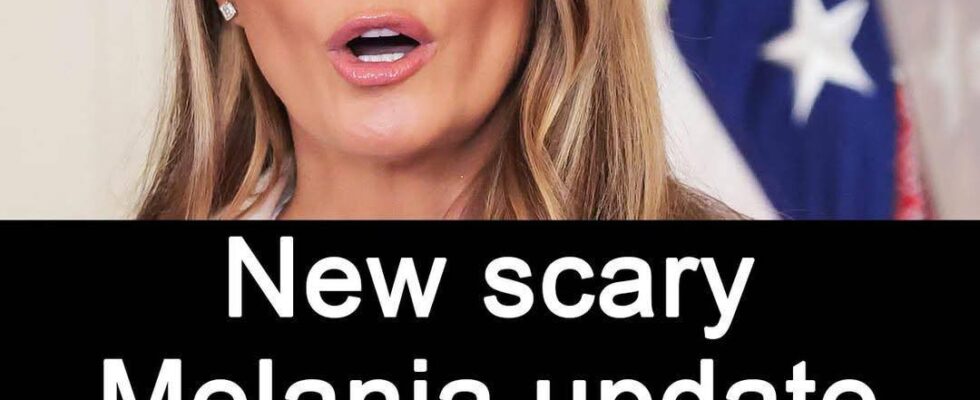Melania Trump’s 2001 immigration story is once again under scrutiny, specifically her receipt of the coveted EB-1 visa—often dubbed the “Einstein visa.”
Designed for individuals with “extraordinary ability” in fields like science, arts, or business, the EB-1 is typically reserved for those with major accolades such as Nobel Prizes, Olympic medals, or other internationally recognized achievements.
Melania, then a Slovenian model, obtained the EB-1 despite lacking such elite awards. Critics argue her modeling career, while legitimate, didn’t match the international acclaim typically expected. Rep. Jasmine Crockett (D-TX) recently challenged the fairness of Melania’s approval, saying, “The math ain’t mathin’,” and pointing out that her accomplishments didn’t align with icons like Naomi Campbell or Cindy Crawford.
Supporters counter that Melania met at least three of the ten EB-1 criteria, citing her international modeling income, magazine covers, and prominent fashion campaigns. U.S. immigration law does allow EB-1 status for those who meet any three benchmarks, including high salary, major media coverage, and leading roles.
This isn’t the first time Melania’s immigration journey has raised questions. Critics previously noted that her parents gained citizenship via “chain migration,” a policy her husband, Donald Trump, publicly condemned.
Ultimately, the debate highlights a broader issue: Does the U.S. immigration system apply its rules equally, or are high-profile individuals given special treatment? Whether Melania’s case reflects a justified exception or a double standard, it adds fuel to the ongoing conversation about fairness, transparency, and reform in immigration policy.
